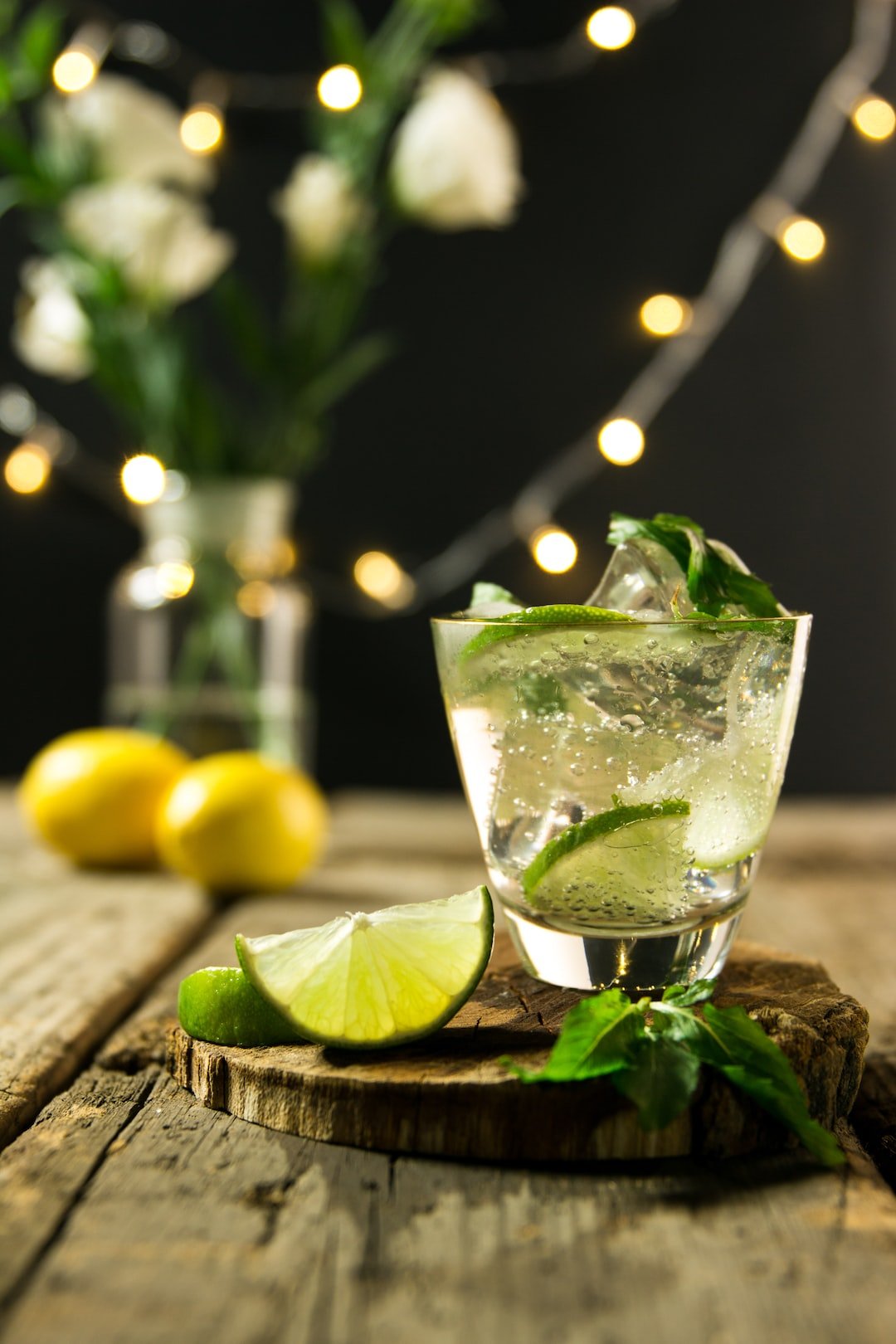Exploring the Exquisite World of Wine
Wine, a beloved beverage that has been savored by many throughout history, holds a special place in the hearts of connoisseurs and casual drinkers alike. The art of winemaking is a fascinating journey that brings together science, culture, and passion in a single bottle. In this blog post, we will embark on a journey to explore the exquisite world of wine, from its origins to the intricate process of production, and finally, the pleasure it brings to our senses.
Originating around 6000 BC, wine has a rich history that stretches back thousands of years. It is believed to have been first produced in the regions of Georgia and Iran, before spreading to the Mediterranean region, where it flourished. The ancient Greeks and Romans had a deep appreciation for wine, considering it a staple in their daily lives. It was even regarded as a symbol of status and wealth during those times.
But what makes wine so special? The answer lies in the complexity of its production process. The grapevine, from which wine is made, is a delicate plant that requires specific conditions to thrive. Factors such as climate, soil, and terrain all play a crucial role in the development of the grapes and, consequently, the flavor profile of the wine. This concept, known as terroir, is highly regarded among winemakers, as it contributes to the unique characteristics of each wine.
Once the grapes are harvested, the winemaking process begins. The first step is to extract the juice from the grapes, which is achieved through crushing or pressing. This juice, called must, is then fermented with the help of yeast. Fermentation is a magical process that converts the sugars in the grape juice into alcohol. The duration and temperature of fermentation play a significant role in determining the style of the wine, whether it be a light and crisp white or a bold and robust red.
After fermentation, the wine undergoes aging, a stage that adds depth and complexity to the final product. Aging can take place in various types of vessels, such as oak barrels or stainless steel tanks. Oak aging, in particular, imparts subtle flavors and aromas to the wine, enhancing its character. The length of aging depends on several factors, including the varietal of the grapes used and the winemaker’s desired outcome.
Finally, it is time to uncork the bottle and indulge in the pleasures of wine tasting. As you pour the wine into a glass, take a moment to appreciate its color, clarity, and viscosity. Take a gentle swirl to release the aromas and then bring the glass to your nose, inhaling deeply to capture the bouquet. Each wine has its unique scent, ranging from fruity and floral to earthy and spicy.
Now, take a sip and let the liquid caress your palate. Notice the balance of flavors, whether it be the bright acidity of a white wine or the velvety tannins of a red. Savor the complexity and layers of flavors dancing on your tongue, deciphering the notes of fruits, spices, and even minerals.
Wine is not just a drink; it is a sensory experience that engages all our senses, from the sight of the vibrant liquid to the intoxicating aromas and the indulgence of the flavors. It is an art form that spans centuries and continents, captivating the hearts of those who appreciate its allure.
Exploring the exquisite world of wine is a lifelong journey, filled with discoveries and surprises at every turn. So, the next time you hold a glass of wine in your hand, take a moment to appreciate the craftsmanship and love that went into creating it. Cheers to the beautiful world of wine!

